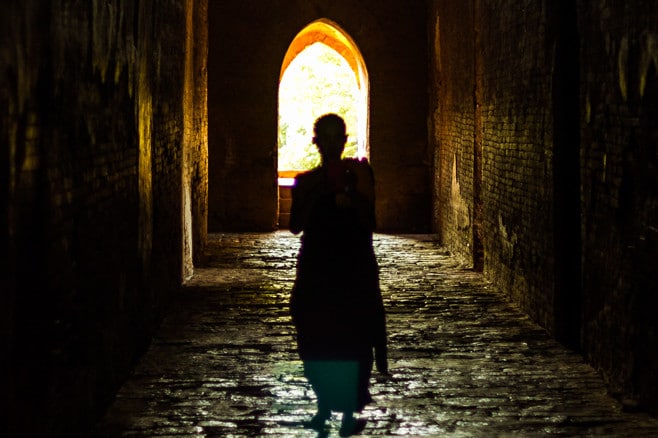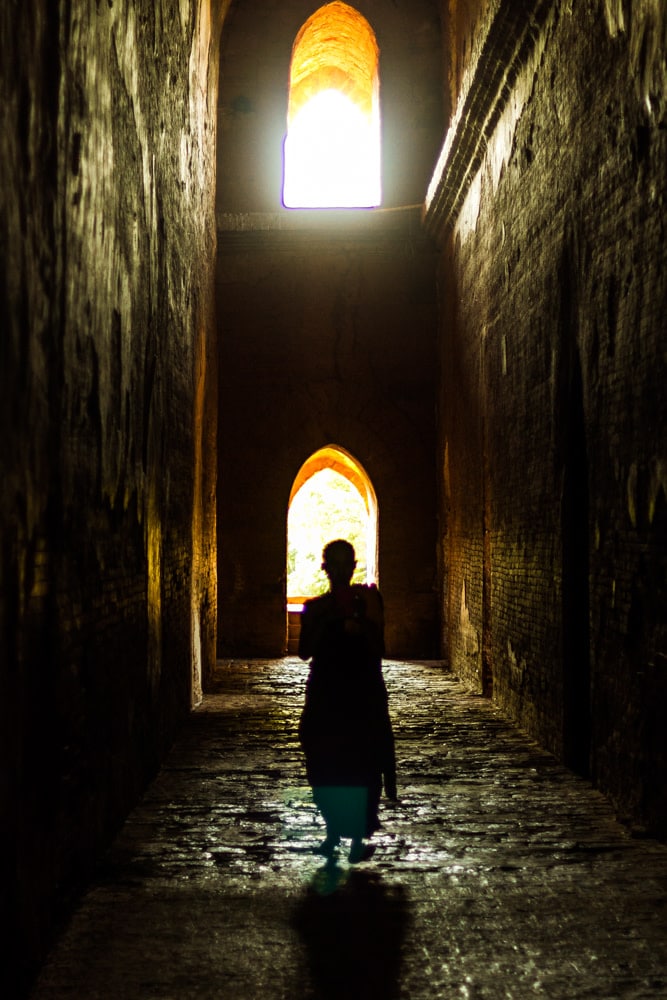
Searching for soft light is a quest that makes photographers rise before the sun comes up, puts us to bed early and allows us to take great naps during the mid-day. However, shooting in the finest light conditions is not always ideal for being creative and developing your skills. Maybe it’s time to consider saying goodbye to dawn and dusk, not forever, but for the time being. It might be harder, but you get to sleep in past sunrise.
There are advantages to putting yourself in a box and finding your way out. Each time a photographer shoots, no matter your genre, it is a maze of variables which needs to be navigated. Making your challenge more difficult will force you to find new keys to open new doors and become more versatile.
That’s where hard light comes in. Hard light is light that results in shadows having a very hard edge and having high contrast from dark to light in a relatively short distance. Soft light on the other hand, is characterized by a gradual fade from dark to light where the lightest and darkest colors are separated by a gradient of shades.
Shooting in hard light is like having a blank white paper with a chunk of charcoal that you pulled out of your fireplace.
The difference between hard and soft lighting
Hard and soft light are created by the relative distance between two parameters. Those parameters are: the size of the light source and the distance of the light source to the subject. The larger the light source and the closer it is to the subject, the softer the shadows. The smaller the light source and the further the distance, the harder the shadows become. One example is the sun. It is a very large light source, but its distance is immensely far. Thus, on clear days the sun is a very small point of light in the sky and therefor the shadows are very hard (which is the challenge presented here). However, if it is a cloudy day, the clouds act as a diffuser for the sun making the light source effectively larger and closer and thus the shadows become soft.
In general, soft light has a lower dynamic range so you are not blowing out your highlights or having totally black areas in your photo and allowing you to capture more information and thus not losing detail. In soft light you basically have everything going for you and that gives you free reign. Shooting in hard light is like having a blank white paper with a chunk of charcoal that you pulled out of your fireplace. It forces you to compose and create with a different mindset and that is what helps you to expand your photographic capabilities.
To throw in one more twist, using a prime lens (ex. 50mm fixed focal length) will confine you even more. Thus, we have more working against you than for you. You must see, move and interpret. The challenge is to go outside in mid-day with a prime lens. So, what are the advantages of stacking the cards against you?
Finding a location with hard light
Scouting for locations is both an active and passive component of photography. If you have the time, you can set out thinking of places which might be a great place to shoot and do reconnaissance. Or sometimes you surprisingly just stumble upon a place that you know will be fantastic during an actual shoot. But in hard light scouting turns more like into hunting. You are really challenged to find an environment which is conducive to shooting. Going to complete shade is an easy out, so the challenge is to find a place where there is a mix of sun and shade therefore you are actually having to use the hard light, not just running from it. The challenge after all is to be in hard light. This “hunting” helps you to be more keenly aware of your surroundings, looking for clues for opportunistic photography.
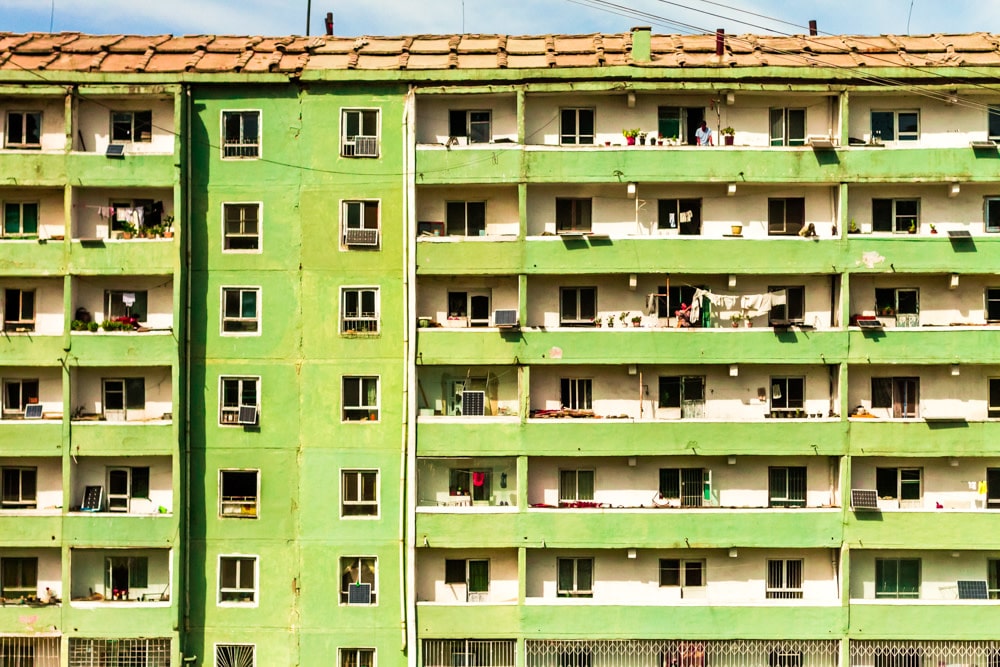
Hard light location scouting turns more like into hunting. You are really challenged to find an environment which is conducive to shooting.
Practice new compositions
Composition is another aspect which you will have to use creatively, being mindful of it more so than in perfect lighting conditions. In harsh light you might see a great shot, but due to the light the composition will require adjustments. It could be that the background would be totally blown out, or might mean that a nasty shadow is lying right across your subject.
Under soft light conditions this would not be a problem, but in harsh light you will need to re-compose. Thus, breaking your initial intuition and involve you in practicing composition from different positions. Here the fixed focal length lens will force you to use your feet, further promoting good photography habits.
Silhouettes can be magical in harsh light. In soft light, unless you are putting a subject right in front of the light source, you are most likely going to get some detail in both your dark and light areas. For super “contrasty” silhouettes hard light can be a great friend. A nice silhouette will really accentuate the diversity of your shoot.
Shadows can be your best friend
Shadows in hard light will be very well defined. It’s a great opportunity to focus emphasizing shadows rather than disguising them. The enemy of your enemy is your best friend. Generally speaking, harsh light is an enemy, hard shadows are an enemy and so, they become your friend.
Use shadows to explore distorted shapes and fill your negative space with something creative and expressive. Interact with, don’t minimize the shadows. You can’t move the sun, so you will again have to move your feet and see how the shadows change relative to your position, not the light source.
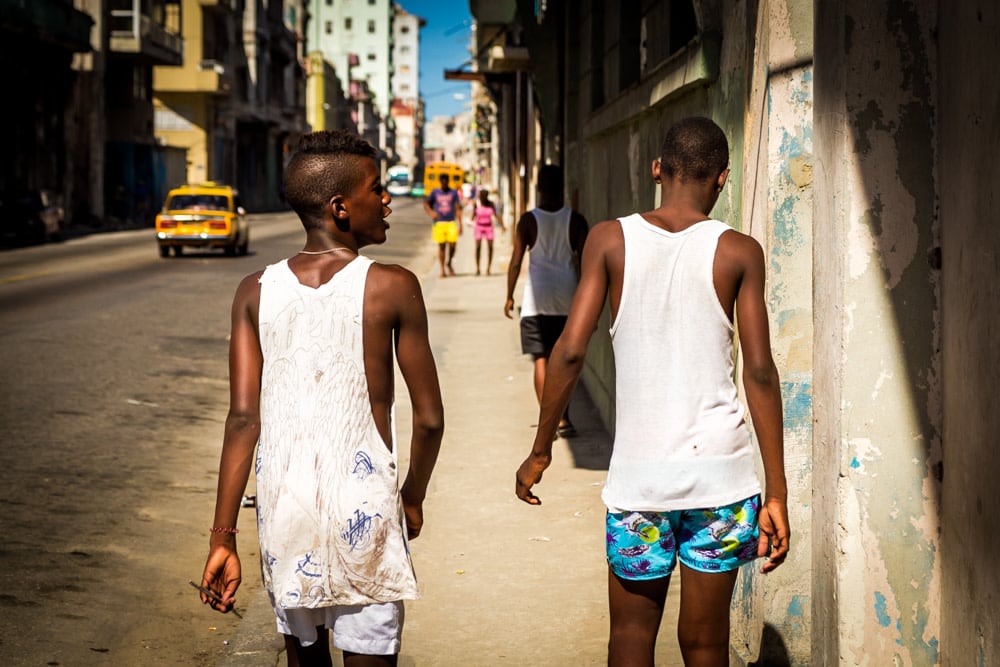
Get out of the best light you can find and put yourself in the worst.
Think in black and white
Finally, black and white photography goes great with high contrast images. If you always shoot in color, you may have to think in more black and white terms. With color being thrown out the window, you have to highlight other aspects of your image.
Texture becomes all the more important. Shape and form are more prominent. Simplicity turns out to be paramount. Also, in the digital world you will most likely be doing your B&W conversion in post-production. So you must think about not only what you are shooting at the moment, but also the final vision which you want to produce. Practicing long-term memory with a photograph from inception to its final production helps you to create, not simply capture.
Great images are conceived, then created. This may be through planning, preparation or practice. And all three of these can be achieved by getting out of the best light you can find and putting yourself in the worst. It might not be easy on your first go around, but fortitude will end up fulfilling you. Take the challenge, build your yourself a maze and see if you can find keys to open new ideas and creativity in your photos.
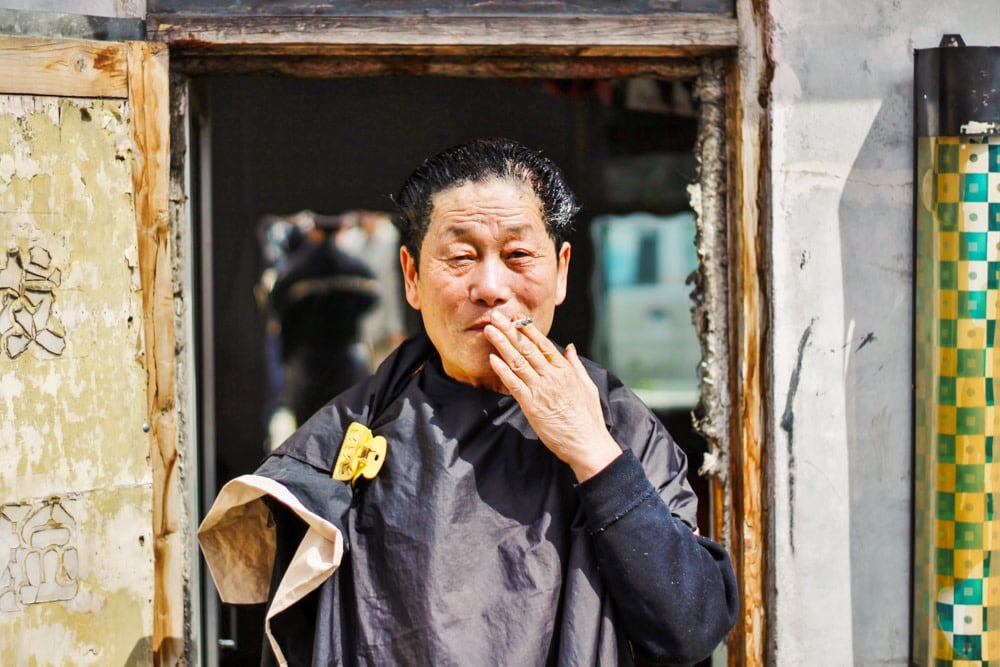
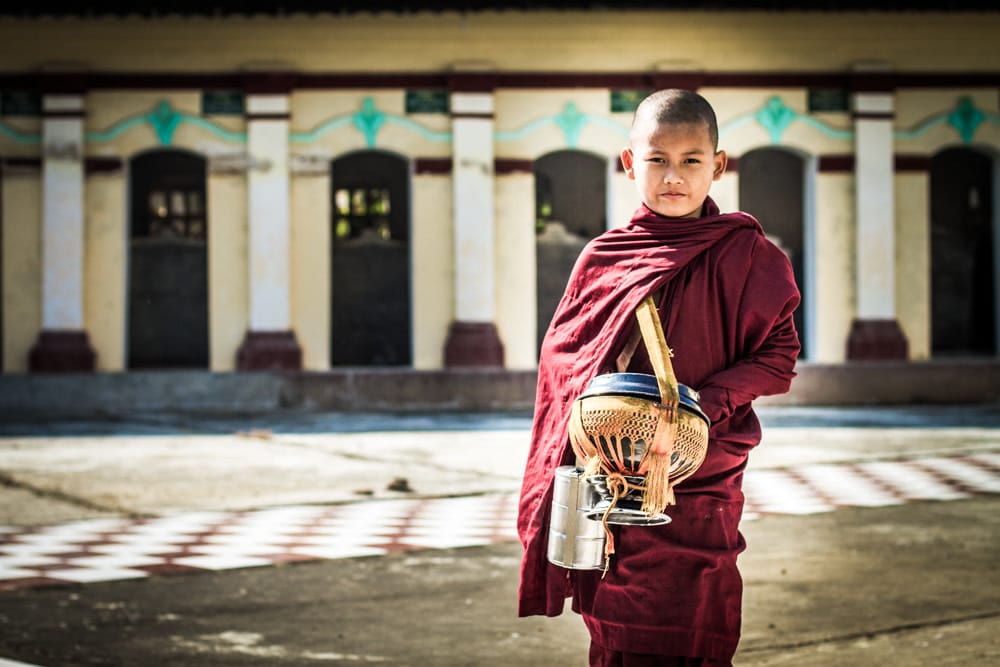
Photos by Branson Quenzer
